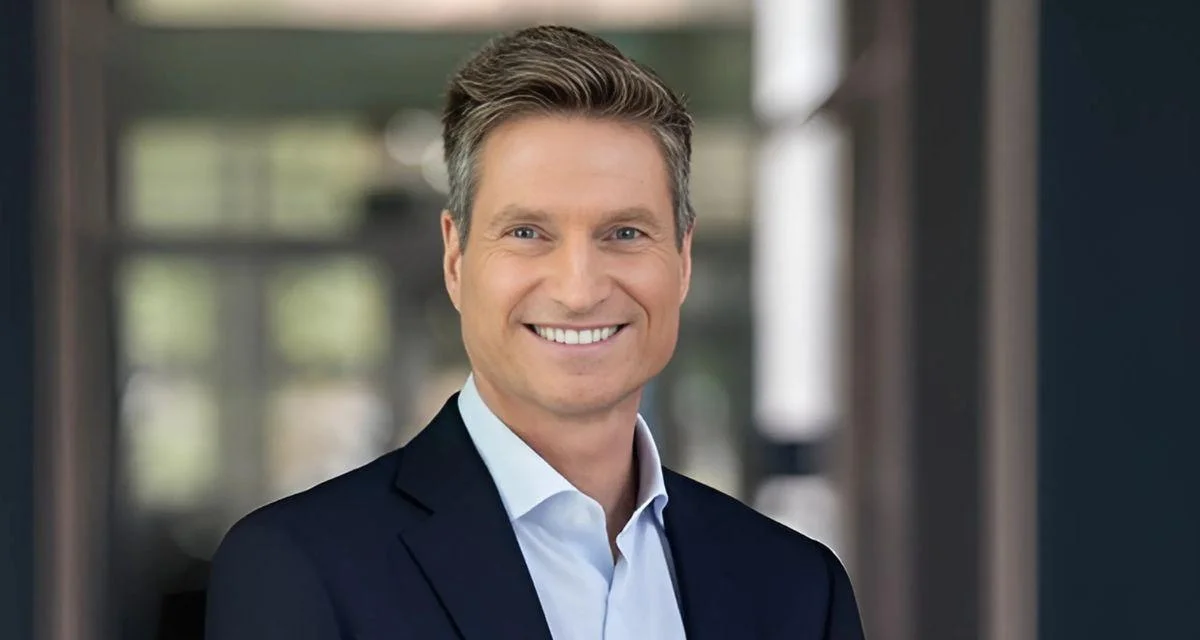“This flight is historic, and it is fitting that it was planned and flown by aircrew from the 1st Reconnaissance Squadron, America’s longest-serving flying unit. The character of war is changing, but our extreme ownership of our mission to build aircrew ready to exploit and dominate the electromagnetic spectrum and win, will never change. We continue to hone our combat competencies showcasing Beale’s capacity as a power projection platform to rapidly respond to adversary actions anywhere in the world.”
Pilots selected for this flight were Lieutenant Colonel "Jethro"—a chief pilot and instructor—and Cory "Ultralord" Bartholomew, an instructor pilot and safety officer. Both are currently among those with the most U-2 flying hours.
The mission presented challenges not only for pilots but also for ground crews supporting U-2 operations. Teams from the 9th Physiological Support Group (PSPTS) ensured crew readiness under strenuous conditions, while maintaining specialized full-pressure suits necessary for high-altitude flights above 70,000 feet. The aircraft maintenance squadron known as "Dragon Keepers" maintained readiness throughout preparations.
Colonel Keagan McLeese, commander of the 9th Reconnaissance Wing, commented:
“The incredible thing about this flight is that it shows not only the capabilities of the U-2, but that of our Air Force’s most important asset, it’s people. Our Airmen demonstrated they are mission-ready in using the skills, adaptability, and innovation it takes to generate global air power.”
The route included flyovers of states where families of fallen U-2 pilots reside as a tribute to their service. After landing, Bartholomew emphasized that such missions depend on collective efforts past and present within the U-2 community.
Despite expectations over decades that newer platforms would replace it, the U-2 remains operational due in part to ongoing upgrades like more efficient engines and modern avionics which improve situational awareness during sorties.
Bartholomew reflected on his career path:
“I was a B-52 pilot, and I did a three-month temporary duty to another location, and happened to meet up with some U-2 pilots. And when I came back from my temporary duty, I told my boss, ‘Hey, I want to apply to that program. I want to be a U-2 pilot,’ not knowing that he had previously been a U-2 pilot. And he said, ‘Well, Cory, I’ll support that."I’ll go ahead and support your application to the U-2 program, but you should know ... you might find yourself looking for work because it’s a sunset program.’ And this was a discussion we had in the very early spring of 1993, so it’s been a sunset program for as long as I’ve known.”
He added about recent improvements:
“The highly efficient new engine allows the U-2 to carry more equipment and fly longer missions than were possible when I started flying back in 1993. The new ‘glass cockpit’ avionics provide a much higher level of situational awareness to the pilot and make it much easier to be flexible in the middle of a sortie.”
Currently designated as either single-seat (U-2S) or two-seater trainers (TU-2S), these aircraft have evolved since their introduction in various forms beginning in 1955. Their roles include signals intelligence collection using multiple sensor packages capable of transmitting near real-time data worldwide via satellite or ground links.
Designed by Lockheed's Skunk Works under Kelly Johnson—who led numerous aircraft programs—the original fleet has seen various upgrades over time but has never been fully standardized across variants.
Historically significant for reconnaissance during events such as the Cuban Missile Crisis and missions over Soviet territory—including Gary Powers' downing—the fleet now includes surviving airframes from several production runs between 1955–1989.
While discussions continue regarding its eventual retirement alongside other long-serving platforms like the B-52 Stratofortress ([source](https://www.af.mil/About-Us/Fact-Sheets/Display/Article/104500/lockheed-u-2s-dragon-lady/)), no final decision has been made on when its service will end.
 Alerts Sign-up
Alerts Sign-up




































